Content
Tomatoes are not only everyone's favorite, but also a very healthy vegetable. A considerable amount of vitamins and minerals makes them useful in the treatment of many diseases. And the lycopene contained in them is not only a powerful antioxidant. It is also an antidepressant, comparable in its action to all known chocolate. Such a vegetable has every right to take an honorable place in any vegetable garden. All gardeners want to grow it, but, unfortunately, this does not always work out. Tomato is susceptible to many diseases, the most dangerous of which is late blight. In the fight against it, as well as to increase fruit set, the treatment of tomatoes with boric acid helps.
Tomatoes love warmth, but not heat, they need watering, but excessive moisture provokes the appearance of phytophthora. In a word, you need to work hard to grow these whims. And the weather is not always suitable for growing this vegetable. Regardless of the weather, (and why, if it is always warm there), only wild tomatoes grow in their homeland without any care. But their fruits are not larger than currants, and we want to grow a weighty vegetable so that we can admire ourselves and show off to our neighbors. To obtain such a result, you need to monitor the health of your pets.
Precisely prophylactic, they should begin long before the possible onset of the disease. The most popular and effective immunostimulants are: epin, succinic acid, immunocytophyte, HB 101. They will be most useful for tomatoes if all the necessary components of proper nutrition, both macro and microelements, are available for plants.
A balanced diet is the key to a healthy and strong plant. Boron is not a macronutrient for tomatoes, but its deficiency can have a catastrophic effect on plant development. Tomatoes are one of the crops that are especially sensitive to the lack of boron in the soil. For the proper development and abundant fruiting of this vegetable, it is very important.
The role of boron in the growing season of tomatoes
- Participates in the formation of tomato cell walls.
- Regulates the supply of calcium to plants. Lack of calcium is the cause of the physiological disease of tomatoes - top rot.
- Boron is essential for the rapid growth of all parts of plants, as it is responsible for the growth of the tips of stems, leaves and roots. Accelerates the formation of new cells.
- It is responsible for transporting sugar from the mature parts of the plant to the developing organs.
- Promotes the process of laying new buds, the growth of tomato fruits, and most importantly, is responsible for the number of flowers and their preservation, ensures successful pollination of plants and the formation ovaries.
- Participates in the process of photosynthesis.
With a lack of this element, not only the growth of plants is disturbed, but also their ability to form a full-fledged crop.
How boron deficiency manifests itself in tomatoes
- The root and stem stop growing.
- Chlorosis appears at the top of the plant - yellowing and a decrease in size, if the deficiency of this important element persists, it dies completely.
- The number of flowers decreases sharply, they do not fertilize, do not form ovaries and fall off.
- Tomatoes become ugly, corky inclusions appear inside them.
It is also promoted by long-term precipitation, intensive introduction of organic and mineral substances without boron content. For growing tomatoes on sandy, alkaline soils, it is necessary to apply increased doses of boric fertilizers, since their content in such soil is small.
Spraying tomatoes with boron fertilizers
There are a lot of boron fertilizers, but the overwhelming majority of them are applied at the stage of planting in a dry form, so they act slowly.
The easiest way is to enrich tomatoes with boron by spraying or watering with boric acid. When dissolved in water, boron becomes available to plants. Such processing of tomatoes with boric acid will not only eliminate its deficiency, but will also be a preventive treatment of tomatoes against late blight and a number of other diseases.
Boron fertilizer is added to the wells during planting. It is better if it is in the form of a solution and at least a day will pass between its introduction and planting of seedlings.
Boron is an inactive element. He practically cannot move from one part of the plant to another. As the tomatoes grow, the growing vegetative mass needs new inputs of this nutrient. Therefore, tomatoes are sprayed with boric acid dissolved in water. It must be remembered that boron is very slowly excreted from the human body, and its increased content in tomatoes can simply harm. Therefore, in this matter, you need to find a middle ground.
Preparation of boric acid solution for processing tomatoes
How much boric acid does it take to prepare the solution so that the tomatoes have enough of this nutrient, and the health of the gardener who will eat the processed tomatoes is not at risk?
It is optimal for a plant and safe for humans to feed with a 0.1% solution of boric acid in warm, clean, non-chlorinated water. That is, a standard bag of boric acid weighing ten grams must be dissolved in ten liters of water. In practice, this solution would be too much for a single treatment. You can prepare half the amount or store the finished solution until the next processing, since its properties do not change during storage.
Therefore, a bag of powder weighing ten grams is added to a liter of hot water, thoroughly mixed until the crystals are completely dissolved, and then the mixture is added to the remaining nine liters of water.
When and how to carry out processing
Root dressing, that is, watering at the root, is needed for tomatoes during the period of active growth of the root mass. They will promote the regrowth of young roots. Therefore, it is advisable to carry out them during planting and in the initial stage of growth, but not more often than once every two weeks.
Foliar dressing is most needed by tomatoes during the formation of flower brushes, bud formation, flowering and ovary formation. Therefore, the first spraying of tomato with boric acid is carried out during the formation of the first flower cluster. For spraying plants outdoors, it is better to choose a windless and dry day. It is necessary to process so that the solution completely moistens the flower brush.
All the subtleties of such processing in the greenhouse can be seen in the video.
Spraying tomatoes with boric acid for the ovary on the second brush is carried out when buds are formed on it, about two weeks after the first. A total of three to four treatments need to be carried out. Having sprinkled tomatoes correctly and on time, you can be sure that almost all tomatoes are tied, flowers and ovaries do not fall off.
Boric acid for tomatoes is not only a necessary fertilizer, spraying it during the growing season of plants is an effective remedy for their late blight disease.
Therefore, to prepare the working solution, a ten-gram sachet of boric acid is used for five liters of water.
The addition of iodine enhances the effect of such a solution on tomatoes - up to ten drops per bucket of solution.
If you want to increase the yield of tomatoes, accelerate their ripening, as well as improve the taste and useful properties of the fruits, spray them with a solution of boric acid, observing the terms and norms of processing.
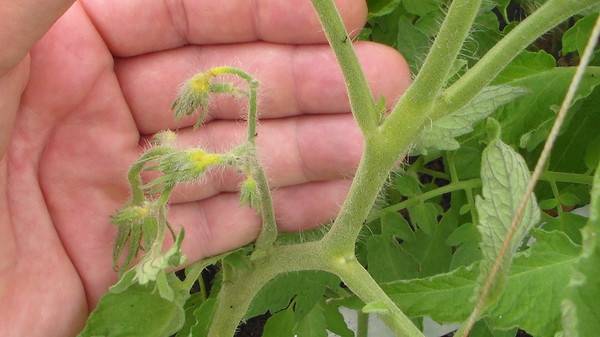
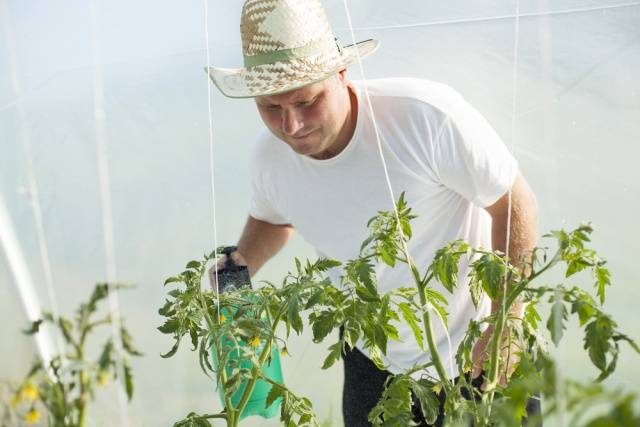
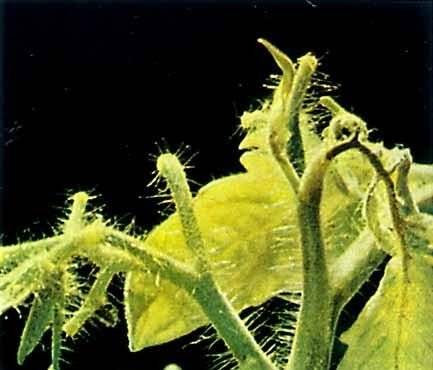
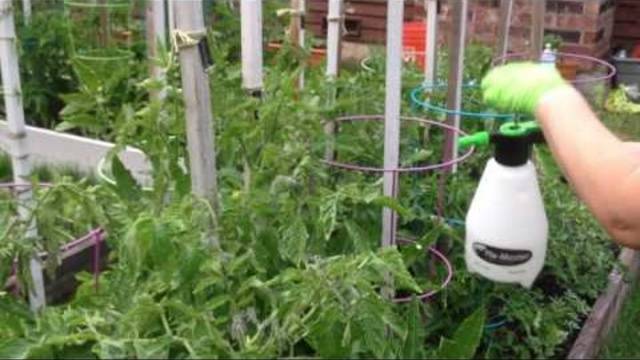
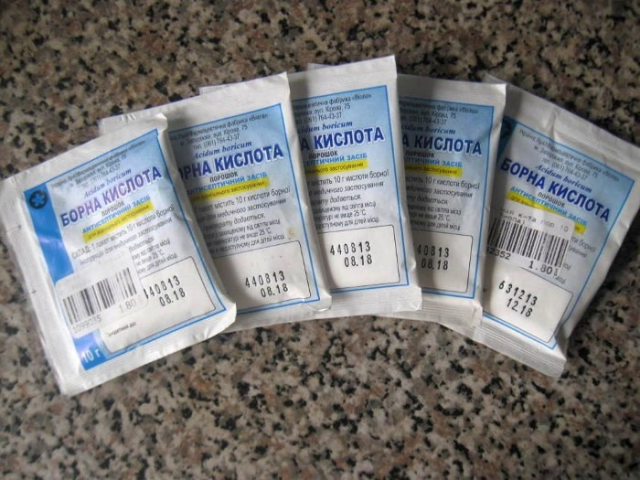
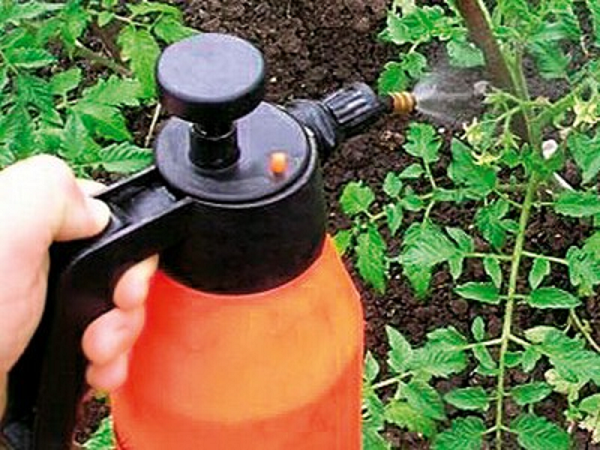










So 1 percent sprinkle tomatoes or 0.1 percent?
0,1%
Hello, here is a mistake in the tips, you write: It is optimal for a plant and safe for humans to feed with a one percent solution of boric acid in warm, clean, non-chlorinated water. That is, a standard bag of boric acid weighing ten grams must be dissolved in ten liters of water. BUT THIS IS NOT 1% R-R, but 0.1% R-R.
So how is it correct ??????
then your advice below: -Attention!
Only 0.2% solution of boric acid in water has a protective effect against phytophthora. who is right?????
Hello Anna! You are right, if you dissolve 10 g of the drug in 10 liters of water, you get a 0.1% solution. It is he who is used for prophylaxis and feeding. A 0.2% solution is already a therapeutic, extreme measure.
how long can a boric acid solution be stored